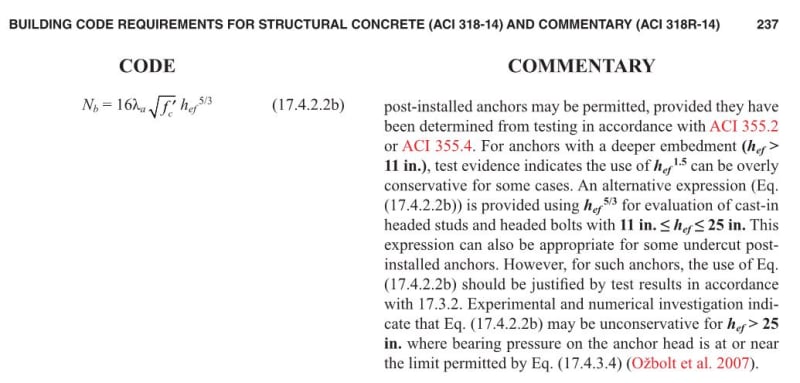Upon reusing an older calculation, we noticed that the rebar provided for concrete breakout in a Seismic Design Category D region, is insufficient in quantity. The foundation has already been poured. Are there any mitigation techniques that don't involve tearing up the concrete?
Also, when designing anchor bolts for overstrength load combinations, does the ductility requirement still apply?
Thanks!
Also, when designing anchor bolts for overstrength load combinations, does the ductility requirement still apply?
Thanks!

